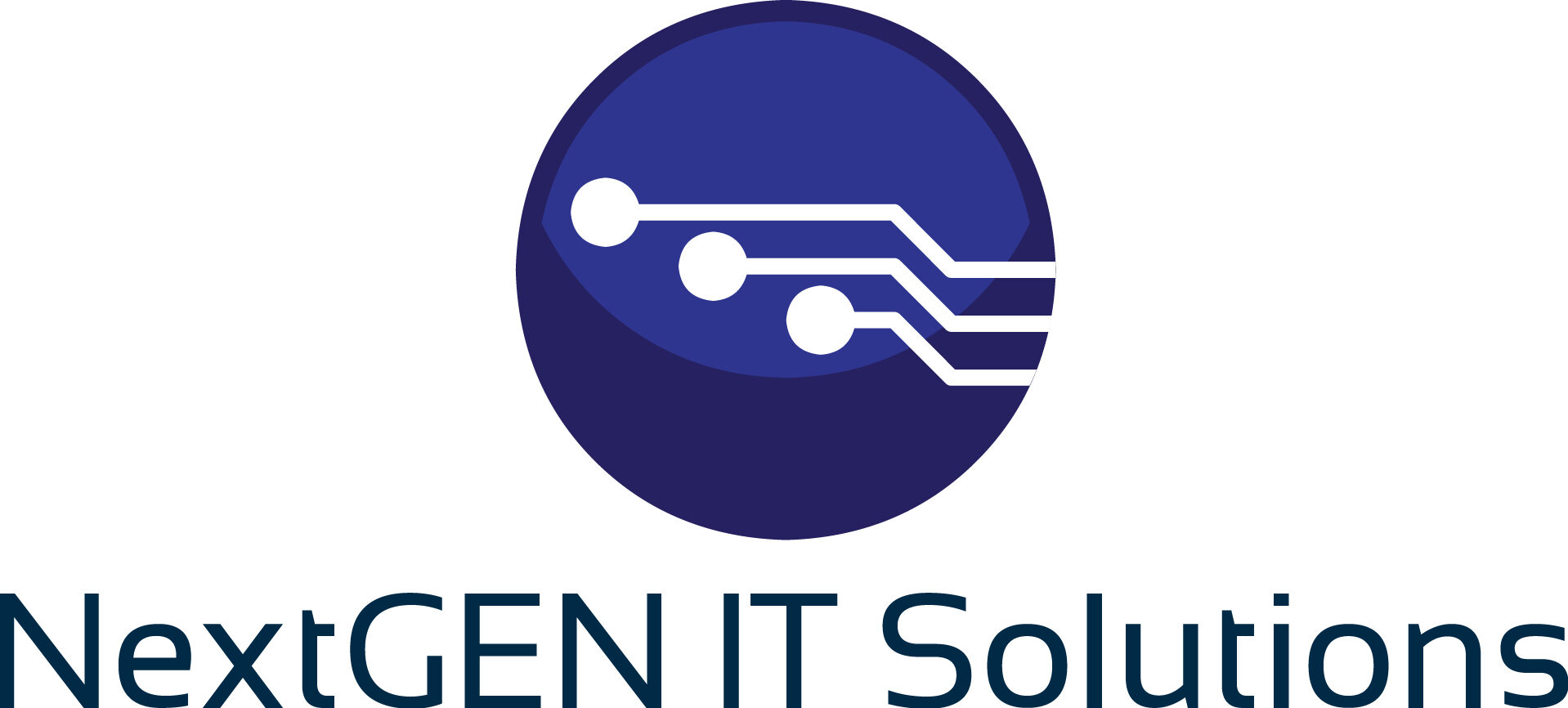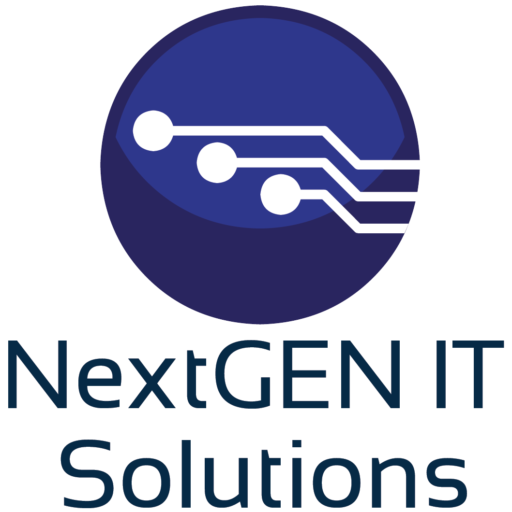Key Considerations Before Upgrading Your Server Infrastructure

When the time comes to replace your company’s servers, it is crucial to carefully assess various aspects of your existing server infrastructure and consider the implications of the upgrade. By addressing questions related to the condition of your current servers, performance requirements, budget constraints, integration with existing infrastructure, security and compliance needs, expected lifespan, and future growth plans, you can make informed decisions that align with your company’s long-term goals. In this article, we will explore these questions in detail to help you navigate the process of server replacement effectively.
1. Assessing the Condition of Your Current Servers:
Before deciding to replace your servers, it is essential to evaluate their current condition. Consider factors such as the age of the servers, their ongoing performance, and any recurring issues that disrupt your operations. By gaining a clear understanding of the state of your existing infrastructure, you can determine whether it is time for an upgrade.
2. Evaluating Server Capacity and Performance Requirements:
Evaluate whether your current servers meet the demands of your user base, data storage, and applications. Monitor performance metrics such as memory and CPU utilization to identify any performance issues that could hinder your employees’ productivity. Understanding your present and future server capacity needs is crucial when considering a replacement server.
3. Setting a Realistic Budget:
Replacing servers involves a significant financial investment, so it is crucial to establish a budget that aligns with your company’s capabilities. When engaging with vendors, inquire about the total cost of ownership, including software licenses, support, and maintenance. Additionally, consider whether leasing or hosting servers in the cloud can provide a more cost-effective alternative to purchasing new ones. By determining your budget constraints, you can narrow down your options and make a more informed decision.
4. Ensuring Seamless Integration with Existing Infrastructure:
Compatibility with your current setup is paramount when selecting replacement servers. Ensure that the new servers integrate seamlessly with your existing applications, storage systems, and network to avoid disrupting critical business operations. Smooth integration will enable a seamless transition and minimize potential complications.
5. Addressing Security and Compliance Requirements:
Server replacement presents an opportunity to enhance your company’s security measures. Look for servers designed to meet industry compliance requirements and equipped with security features such as intrusion detection, access control, and data encryption. This ensures that the new hardware aligns with your security requirements and safeguards sensitive information effectively.
6. Considering Expected Lifespan:
When evaluating potential servers, consider the vendor’s commitment to providing ongoing support, patches, and updates. Servers with a longer lifespan minimize disruptions in the future and offer potential cost savings. Understanding the expected lifespan of replacement servers helps you plan for long-term efficiency and stability.
7. Future Growth Plans and Scalability Requirements:
Account for your organization’s growth plans and scalability requirements. The replacement servers should have the capacity to accommodate sudden increases in user base, data volume, and application demand. Consider factors such as virtualization capabilities, expandability, and the ease of adding or removing server nodes. Servers that can effortlessly scale with your company’s growth will ensure long-term efficiency and productivity.
By thoroughly considering these key questions, you can ensure that your new servers effectively support your company’s technology needs and future growth. Remember to consult with experts to gain further insights and guidance on the server replacement process. Making informed decisions regarding server replacement is crucial to maintaining reliability, performance, security, and scalability in your organization’s infrastructure.



